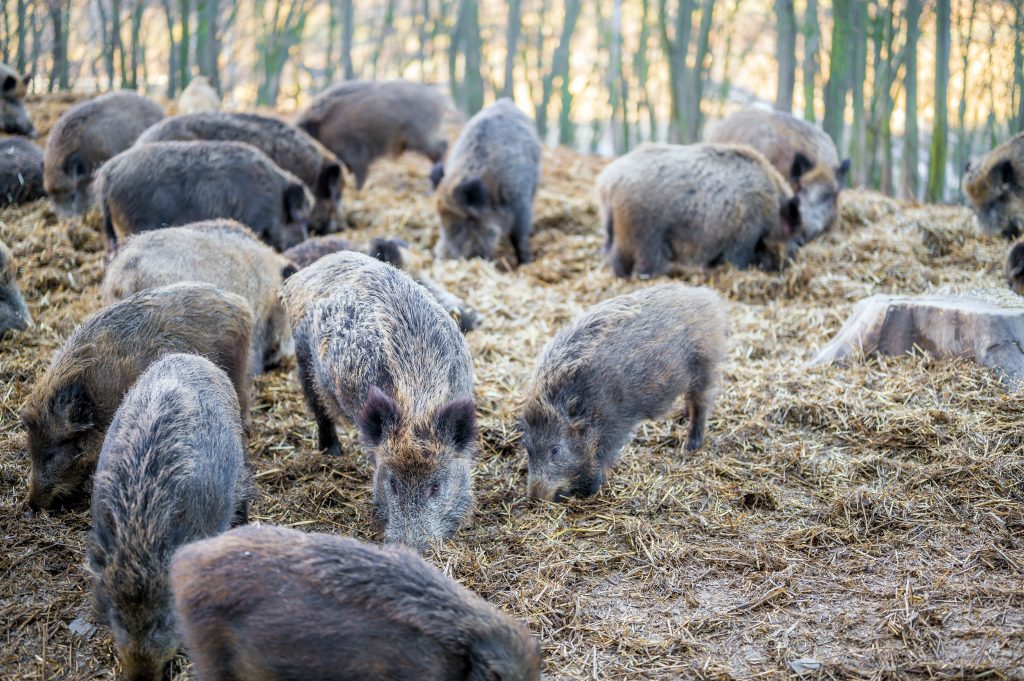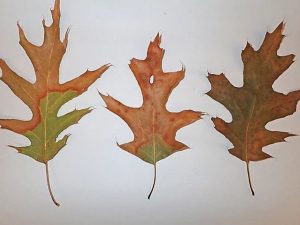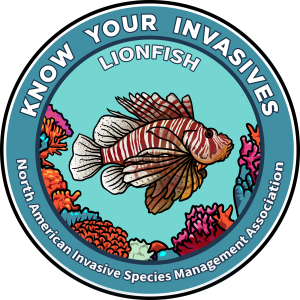The staff and board of the North American Invasive Species Management Association review invasive species headlines each month. This helps us stay on top of trends and further our mission to support, promote, and empower invasive species prevention and management in North America. We then share invasive species news most relevant for people who manage terrestrial and aquatic invasive species across the the United States, Canada, Mexico and the world.
Prevention, Outreach and Education
Craft Brewers Want to Raise Awareness About Invasive Species
Wyoming — Read on Wyoming News
Members of the Wyoming Craft Brewers Guild recently released a Fruited Wheat Ale collaboration brew and offered a limited-edition pint glass sponsored by Wyoming Weed and Pest Council and PlayCleanGo, a national education campaign focused on preventing the spread of invasive species.
Montana Trying to Prevent Canadian Bacon Invasion
North America — Read on Daily Montanan
‘Squeal on pigs’ campaign aims to alert state officials of wild pigs.
Register for our 2021 annual conference for sessions on this campaign and other wild boar initiatives in the U.S. and Canada.
Have You Herd? The Goats Are Back at Riverside Park.
New York — Read on The New York Times
After taking a break last year, goats have returned to help fend off invasive plant species. New Yorkers can use ranked-choice voting to pick their favorites.
Playing with Fire: Recreating Safely with Invasives in Sagebrush Country
Western U.S. — Watch from the Intermountain West Joint Venture
Talking about invasive weeds isn’t sexy but they are darn dangerous to the places and wildlife we love. By keeping each other accountable and taking action every time you go outdoors, together we can help protect sagebrush country.
Ins and Outs of Invasives Series
California – Learn more on the San Diego River Park Foundation
A powerful partnership is working on removing invasive plant species around the El Capitan Reservoir, in the upper San Diego River watershed.
New Research
Attached Algal Blooms are an Emerging Threat to Clear Lakes Worldwide
Global — Read on Phys.org
In a scientific article published this week in BioScience, “Blue waters, green bottoms: benthic filamentous algal blooms are an emerging threat to clear lakes worldwide,” scientists from around the world explore how nutrient pollution, climate change, loss of aquatic animals that eat algae, and invasive species contribute to the increased occurrence of green bottoms.
Detection, Management and Control
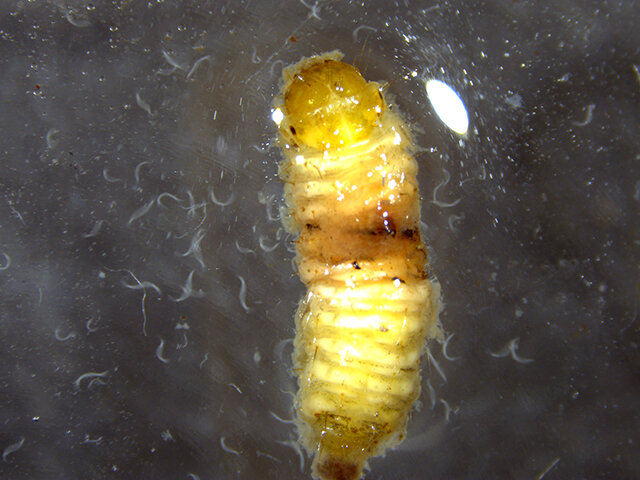
Microscopic Worms to the Cranberry Rescue
Wisconsin – Read on Phys.org
Developing alternative controls as part of an integrated pest management approach can reduce or replace the need for insecticides, noted Shawn Steffan, an entomologist with the Agricultural Research Service Vegetable Crops Research Unit in Madison.
Read more about biocontrol in NAISMA’s invasive species resources section.
Swimmers Discover Zebra Mussels have Invaded More Minnesota Lakes
Minnesota — Read/listen on Minnesota Public Radio
It’s not unusual for lake users to discover new infestations, said Heidi Wolf, the DNR’s invasive species coordinator. “They’re kind of our best eyes and ears out there,” she said. “They’re out enjoying the water, and they cover more places than DNR staff are able to.”
Oak-killing Disease Spreading Farther North in Minnesota
Minnesota — Read/listen on Minnesota Public Radio
People can help stop the spread by not pruning oaks from April to July, using locally sourced firewood and by reporting oak wilt if they find it.
Dutch Elm Disease Identified in One Saskatoon Tree
Saskatchewan — Read on City of Saskatoon
The City’s DED Response Plan, which requires immediate removal of all positive trees.
Hammerhead Flatworm Spotted in the Dallas-Fort Worth Area
Invasive Cogongrass Confirmed in Arkansas
Spotted Lanternfly Found in Indiana
Indiana — Read on Indiana Department of Natural Resources
Spotted lanternfly (Lycorma delicatula) was found in Indiana for the first time in Switzerland County earlier this week, the farthest west the insect has been found.
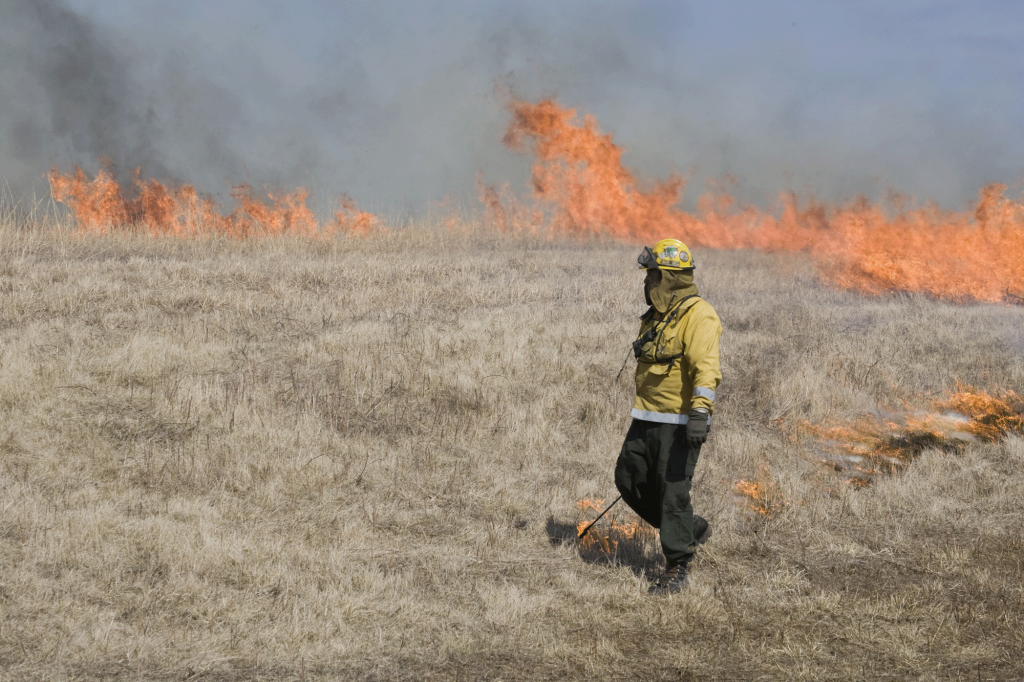
Policy
Amid Clamor to Increase Prescribed Burns, Obstacles Await
Invasive Bradford Pear, 3 Other Species to be Banned for Sale in SC
South Carolina — Read on Clemson News
South Carolina will become only the second state in the United States to ban the nursery sale of Bradford pear trees and any other pear trees grown on the commonly used Pyrus calleryana rootstock.
A Watershed Moment: How Boston’s Charles River Went From Polluted to Pristine
Massachusetts — Read on InsideClimate News
Conversations
‘One of the most damaging invasive species on Earth’: Wild Pigs Release the Same Emissions as 1 Million Cars Each Year
Canada and U.S. — Read on The Conversation
A big reason they’re so harmful is because they uproot soil at vast scales, like tractors ploughing a field. New research published this month is the first to calculate the global extent of this and its implications for carbon emissions.
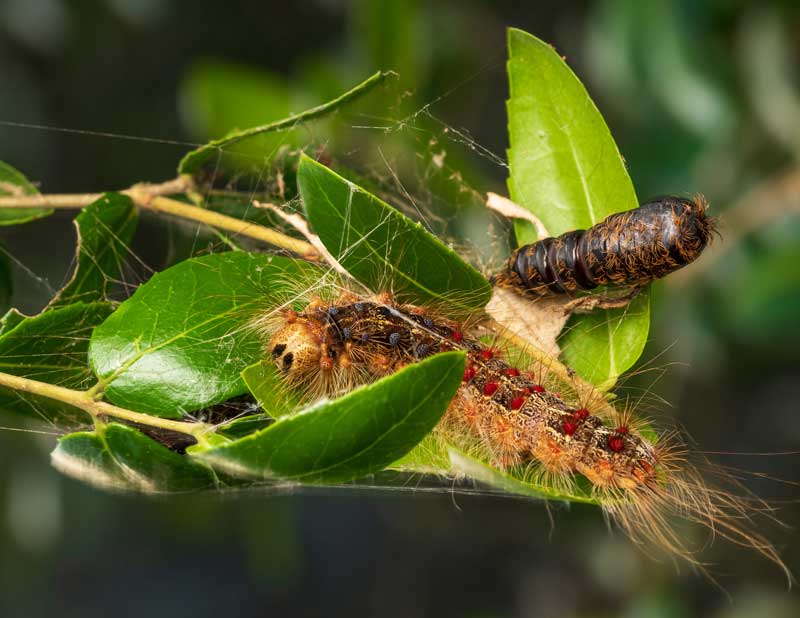
This Moth’s Name Is a Slur. Scientists Won’t Use It Anymore.
U.S. — Read on The New York Times and listen on NPR
Staff at the Entomological Society put together the Better Common Names Project, a task force to review and replace offensive or inappropriate insect common names. The project plans to recruit community-driven working groups to propose new names, involving people who study the insects or are from or live in the region where the insects originated, Mr. Stelzig said. The project invites anyone to submit insect common names that should be changed.
National Moth Week was this month! Read our post on Invasive Moths and How to Report Them.
Turning Kenya’s Problematic Invasive Plants into Useful Bioenergy
Kenya — Read on Mongabay
Kenyans are innovating to find ways to reduce water hyacinth by finding practical uses for the invader. In 2018, a program was launched to turn the exotic species into biogas which is then offered to economically vulnerable households to use as a biofuel for cooking.

